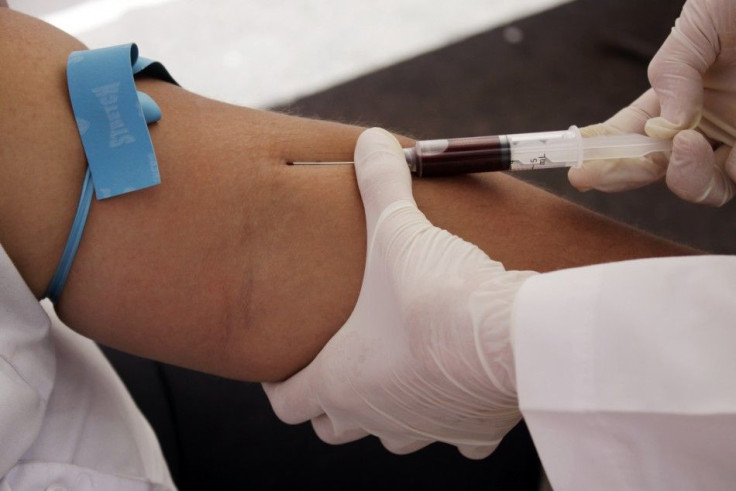Scientists Engineer Stem Cells To Seek Out And Kill HIV

Stem cells engineered to fight HIV are effective at suppressing the virus in mice, according to a new study. The engineered cells are able to seek out and destroy the virus, giving hope that a cure for HIV could be on the horizon.
Previous research showed that killer T cells, an immune cell that helps fight infection, were able to destroy the virus in human thymus tissue. However, since HIV infected individuals have compromised immune systems, they have lower counts of killer T-cells than healthy patients, meaning they do not have enough killer T cells to fight off the virus. Killer T cells recognize a different peptie antigen, a string of amino acids that stimulates antibody production, than other t cells and get their name from the fact that they attack any foreign cell they come across without. A transfusion of killer T cells is out of the question because they need to be matched to the patient in the same way an organ does, researchers said.
This most recent study shows that scientists can manipulate stem cells -- immature cells that can develop into any type of cell - by implanting genes, turning it into killer T cells which can kill the virus in living mice. While the mouse form of HIV is not exactly the same as it is in humans, the infection and progression closely mimic the virus in humans, and eliminating it is a huge step forward, researchers said.
We haven't fully developed the technology to clear them of HIV, but they are significantly suppressed in the amount of virus that's replicating, Dr. Scott Kitchen, study coauthor and assistant professor of medicine at UCLA, told NBC Los Angeles.
The number of T cells, which are depleted by HIV, increased markedly in mice given the stem cells while HIV levels decreased significantly, according to the study. The results show that not only are the engineered cells capable of fighting off the virus, they are capable of helping rebuild the immune system as well.
We believe that this study lays the groundwork for the potential use of this type of an approach in combating HIV infection in infected individuals, in hopes of eradicating the virus from the body, Kitchen said in a statement.
There is currently no cure for HIV, but treatments include a cocktail of drugs that inhibits the disease's progression. If treatment begins early, life expectancy is 32 years, according to a 2006 study published in Med Care. Life expectancy shrinks as treatment is delayed.
The National Institute of Allergy and Infectious Diseases describes the risk factors for HIV as engaging in anal, vaginal, or oral sex with men who have sex with men, multiple partners, or anonymous partners without using a condom.
Researchers noted is that the stem cells might not be expected to attack the human HIV virus as effectively as they can in mice. HIV mutates slower in mice than it does in humans, so researchers would need to use multiple engineered cells to account for different strains the virus could mutate in to, according to the study.
The journal PLoS Pathogens published the study on Thursday.
Another promising HIV drug, this one a vaccine, began clinical trials in January. Named SAV001, the vaccine is different than previous drugs because it contains a form of the virus that has been killed whereas all previously tested vaccines contained artificial forms. If all goes well with the clinical trials, the drug could be on the market in five years, Dr. Chil-Yong Kang, lead researcher and virologist at the University of Western Ontario, told DailyTech.
© Copyright IBTimes 2025. All rights reserved.





















